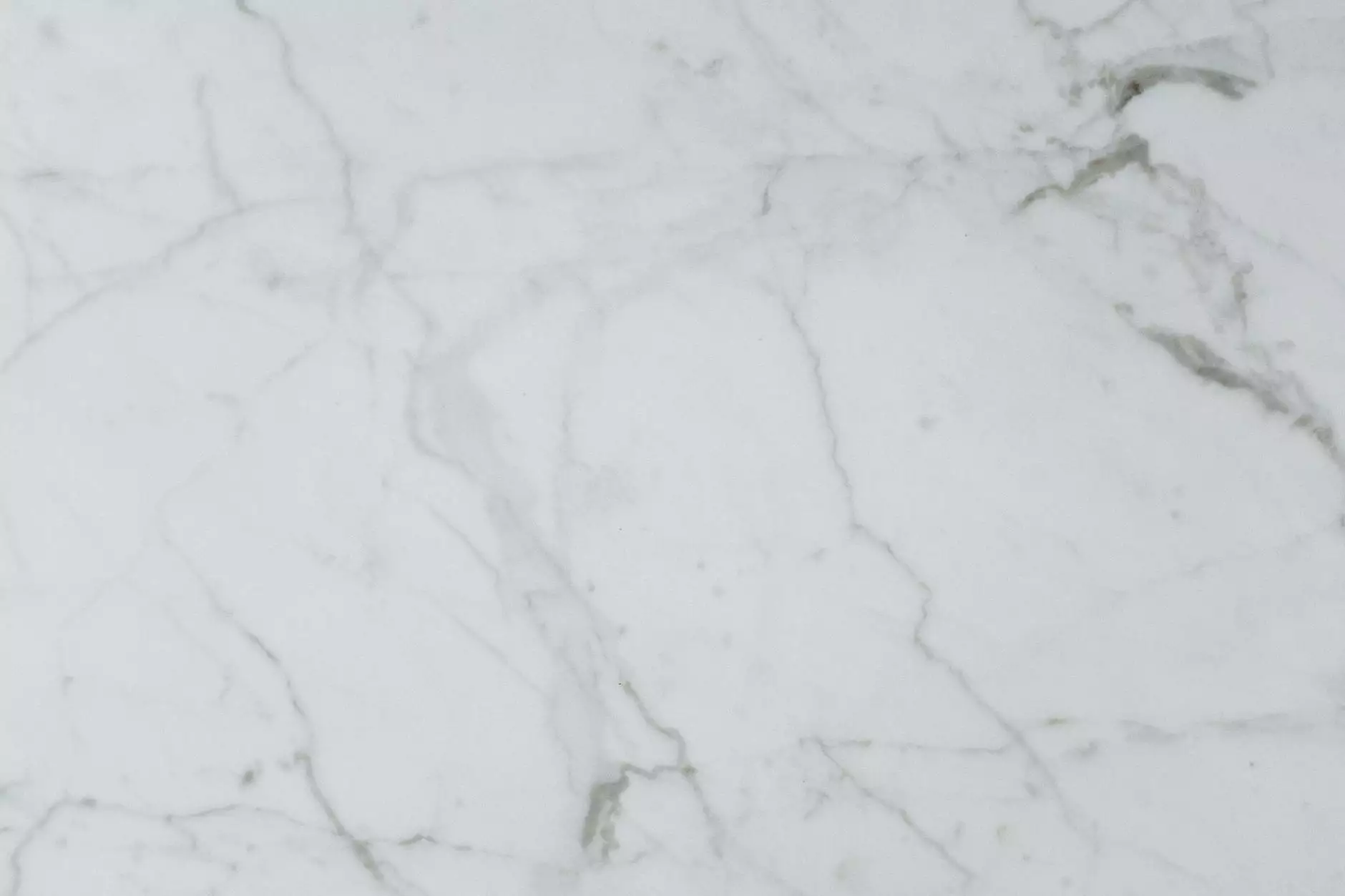Understanding the Causes of Visible Veins on Legs

The appearance of visible veins on legs is a common concern for many individuals. While it is often associated with aesthetics, underlying health issues may contribute to the visibility of these veins. This article aims to delve into the various causes of visible veins on legs, shedding light on genetic predispositions, lifestyle factors, and medical conditions that may play a role.
What Are Visible Veins?
Visible veins, especially on the legs, can vary in appearance from small spider veins to large varicose veins. They often become more prominent with age but can affect individuals of all ages. Understanding the factors that lead to the visibility of veins is essential for both cosmetic and health-related reasons.
1. Genetic Predisposition
One of the primary causes of visible veins on legs is genetics. Individuals with a family history of vascular issues may be more susceptible to developing prominent veins. genes can affect the condition of the vascular system, influencing:
- Vein elasticity: Some individuals may inherit less elastic veins that are prone to dilation.
- Valvular competence: Genetic factors can lead to weak valves within the veins, causing blood to pool.
- Skin thickness: Thinner skin can render veins more visible.
2. Aging
As we age, the body undergoes various changes that can affect vein visibility:
- Decreased skin elasticity: Skin loses its elasticity over time, making veins more apparent.
- Changes in vein structure: Over time, veins may become larger and stretch, partly due to the weakening of the vein walls.
- Reduced muscle mass: Aging muscles can lead to less support for the veins, contributing to their visibility.
3. Hormonal Changes
Hormones play a significant role in the health of veins. Fluctuations in hormone levels, particularly in women, can contribute to the development of visible veins:
- Pregnancy: Increased blood volume and hormonal changes during pregnancy can cause veins to enlarge.
- Menopause: Hormonal changes during menopause can also impact vein health.
- Oral contraceptives: Hormonal birth control methods can influence blood circulation, potentially leading to visible veins.
4. Lifestyle Factors
Your daily habits can significantly influence the visibility of veins in your legs. Here are some critical lifestyle factors to consider:
- Prolonged standing or sitting: Occupations or activities that require long periods of standing or sitting can contribute to blood pooling in the legs.
- Obesity: Carrying excess weight puts more pressure on the veins, making them more likely to become visible.
- Lack of physical activity: Regular exercise helps improve circulation and can prevent vein-related issues.
- Diet: A diet high in salt can lead to fluid retention, which may affect vein visibility.
5. Medical Conditions
Several medical conditions may lead to visible veins on legs. Understanding these conditions can help in managing symptoms effectively:
- Chronic Venous Insufficiency (CVI): This condition occurs when the veins cannot pump enough blood back to the heart, leading to swelling and visible veins.
- Deep Vein Thrombosis (DVT): A blood clot in a deep vein can cause swelling and changes in appearance in the affected leg.
- Peripheral Artery Disease (PAD): This condition can lead to poor circulation, which may exacerbate the visibility of veins.
6. Sun Exposure
Excessive sun exposure can damage the skin and accelerate aging, leading to more visible veins. The UV radiation can breakdown collagen and elastin, which are vital for maintaining skin structure and integrity. Protecting your skin from the sun with SPF and clothing can help mitigate this risk.
7. Fluid Retention
Fluid retention, caused by a variety of factors—including hormonal changes, dietary choices, and certain medical conditions—can lead to the temporary visibility of veins. Reducing sodium intake and staying hydrated can help minimize fluid retention and improve vein appearance.
How Can You Manage Visible Veins?
If you're dealing with visible veins on your legs, you may be wondering how to manage or reduce their appearance. Here are several effective strategies:
- Exercise regularly: Physical activity, particularly exercises targeting the legs, can improve circulation and reduce blood pooling.
- Maintain a healthy weight: Keeping your weight in check alleviates pressure on your veins.
- Wear compression stockings: These provide support to the veins and can help improve blood flow.
- Elevate your legs: Elevating your legs can decrease pooling of blood in the veins and alleviate discomfort.
- Consider medical treatments: Procedures like sclerotherapy or laser treatment may be options if visible veins are bothersome.
Conclusion
Understanding the causes of visible veins on legs is crucial for both cosmetic and health reasons. Whether it's genetic factors, lifestyle choices, or medical conditions, there are many factors that contribute to the appearance of veins. By taking action—be it through lifestyle changes, preventative measures, or medical treatments—you can effectively manage the visibility of veins on your legs. Always consult with a healthcare professional to understand your individual situation and explore the best options for you.
For customized advice and treatments specifically aimed at managing visible leg veins, consider reaching out to Truffles Vein Specialists. Our expert team is dedicated to providing comprehensive care in Vascular Medicine.



